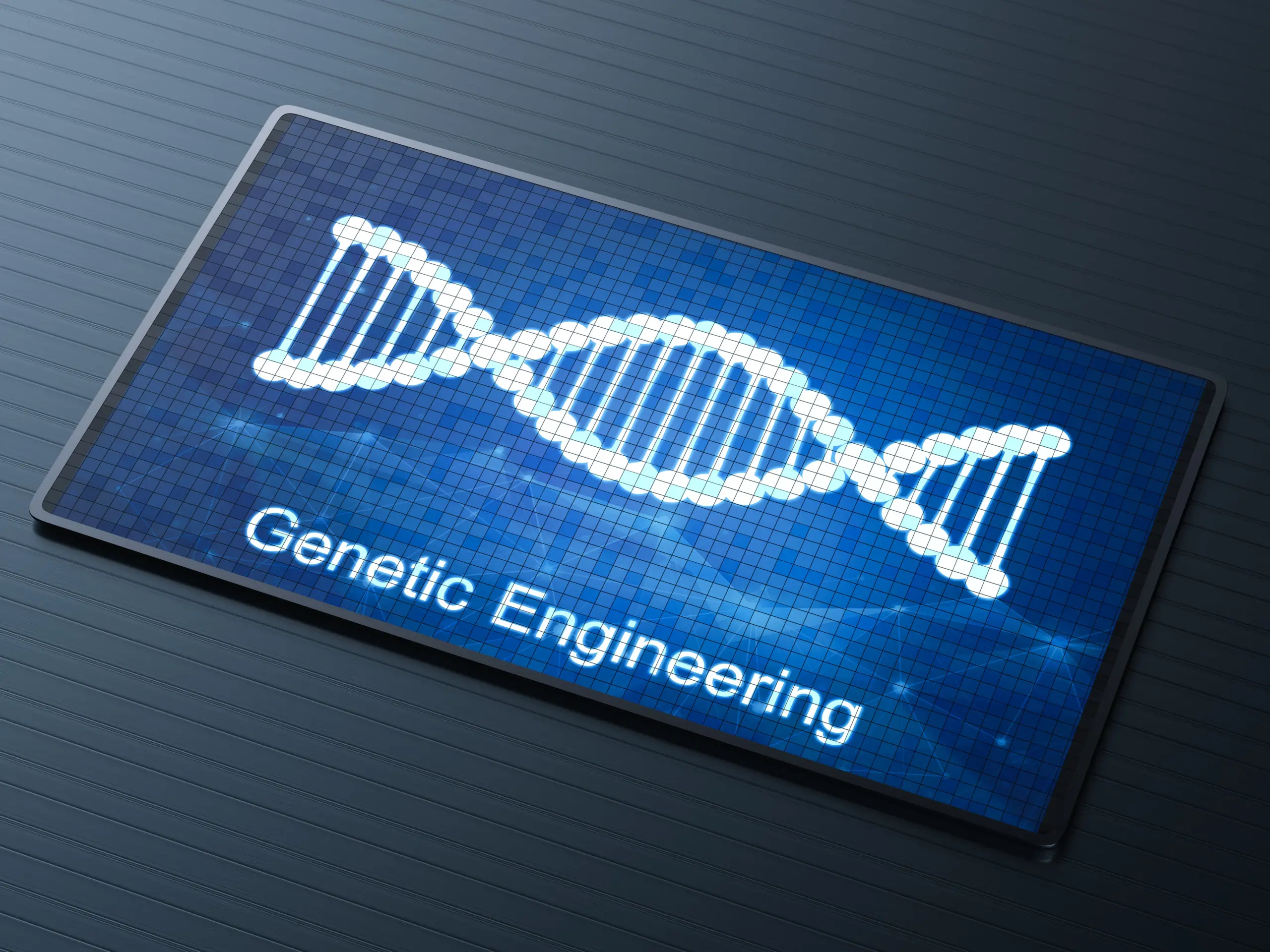TL;DR: What causes addiction is a mix of genetics, brain reward chemistry, environment, and trauma. This guide explains how risk builds, what protects you, and where inpatient care at Casa Leona fits—so you can make a plan that works.
Understanding what causes addiction starts with one idea: no single factor explains it. Risk rises when biology, brain chemistry, environment, and trauma overlap—while protective routines and treatment lower that risk.
How Addiction Develops
Addiction typically moves from experimentation to regular use, then to compulsive patterns. Early on, use is about effects (e.g., “feel better,” “sleep,” “fit in”). Over time, brain circuits change, and behavior becomes driven by relief from discomfort, not just pursuit of pleasure.
Genetics & Vulnerability
Genes don’t doom anyone, but they can raise susceptibility. Family history can influence sensitivity to substances, stress reactivity, and how quickly habits form. This genetic “starting point” interacts with life experiences—some people need tighter prevention and support plans than others.
Brain Reward & Dopamine
The brain’s reward system uses dopamine to label experiences as “important—repeat this.” Substances can trigger large, fast dopamine spikes, which the brain learns to prioritize. With repetition, cues (time of day, location, emotions) begin to trigger cravings on their own. Eventually, the brain may:
- Downshift natural dopamine signaling (normal rewards feel flat).
- Strengthen habits through basal ganglia “autopilot” loops.
- Reduce top-down control from prefrontal regions (harder to pause or choose alternatives).
Environment, Stress & Trauma
Stress and trauma shift the nervous system toward vigilance and short-term coping. If substances reliably numb or energize, they can become a go-to strategy. Social environment matters too: availability, peer norms, and unstructured time can push risk up or down.
Mental Health & Substance Use
Conditions like anxiety, depression, or PTSD often co-occur with substance use. Self-medication provides temporary relief but reinforces the cycle. At Casa Leona, we treat mental health only in conjunction with substance use to address both sides at once.
Protective Factors & Treatment
Protective factors don’t erase risk; they counterbalance it:
- Structure: sleep, meals, movement, and predictable routines steady the nervous system.
- Skills: coping tools for cravings and stress (urge surfing, grounding, micro-plans).
- Support: therapy, peer groups, and family education reduce isolation and blame.
- Environment: removing cues, changing routes, or reshaping schedules lowers exposure.
Evidence-based treatment combines medical oversight, therapy, medication where appropriate, and recovery planning that changes with your needs.
How Casa Leona Can Help
Our inpatient model builds stability fast: medical and clinical support, daily skills practice, and a plan for triggers at home. Explore our Services and reach out via Contact to take the next step.
Bottom Line
What causes addiction is an interaction—biology, brain circuits, environment, and trauma—balanced by skills, structure, and support. When those protections go up, risk goes down.
Start Stabilizing Today
Ready for a structured, inpatient path that treats substance use and mental health together? Visit Services or Contact to begin.

